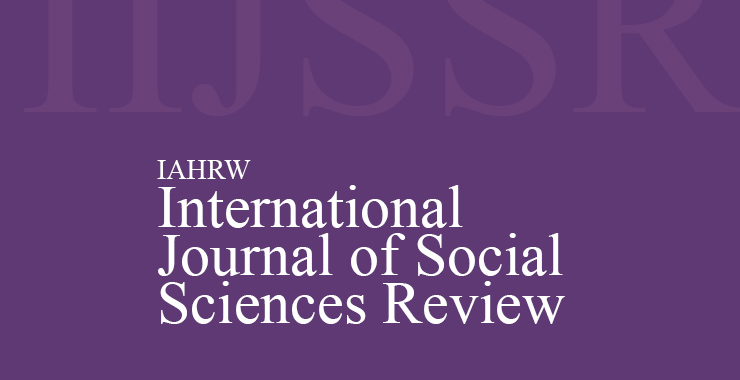Socio-economic Condition of Scheduled Castes in the Rural Community of Haryana
Original price was: ₹ 201.00.₹ 200.00Current price is: ₹ 200.00.
Page: 356-362
Subhash Chander, Vinod Kumari, and Bas Kaur (Department of Sociology, Chaudhary Charan Singh Haryana Agricultural University, Hisar, Haryana)
Description
Page: 356-362
Subhash Chander, Vinod Kumari, and Bas Kaur (Department of Sociology, Chaudhary Charan Singh Haryana Agricultural University, Hisar, Haryana)
Historically, Scheduled Castes in India have faced systemic social exclusion and economic marginalization due to the entrenched caste hierarchy. This sociological appraisal aims to provide a comprehensive analysis of the current socio-economic conditions of Scheduled Castes in Haryana. The survey data from Jind, Kaithal and Hisar districts of Haryana indicates a predominant male majority (88.33%) among respondents, with 3.88% widowers and 3.33% widows. A significant portion (52.82%) of respondents over 55 years are illiterate, while 42.46% with primary school education fall within the 41-55 age group and 34.24% in the 25-40 age bracket. The majority (71.95%) have transitioned from traditional occupations, with 16.39% engaged in multiple traditional works and 11.66% exclusively in traditional roles. The largest group (47.23%) is involved in manual labour, while 12.50% and 10.27% engage in crop-sharing and contract farming, respectively. Most respondents (90.83%) are above the poverty line, with 9.17% below it. Additionally, 93.33% lack any farmland, while 4.17% own up to one acre and 2.50% hold between 1-2 acres. There is a critical need for targeted interventions that address both structural inequalities and immediate socio-economic needs to ensure the upliftment and integration of Scheduled Caste communities into mainstream society. This article analyzed the socio-economic conditions of the scheduled caste people of Haryana. So basically, this study has attempted to build up a graphic picture of the socio-economic conditions of the scheduled castes.

